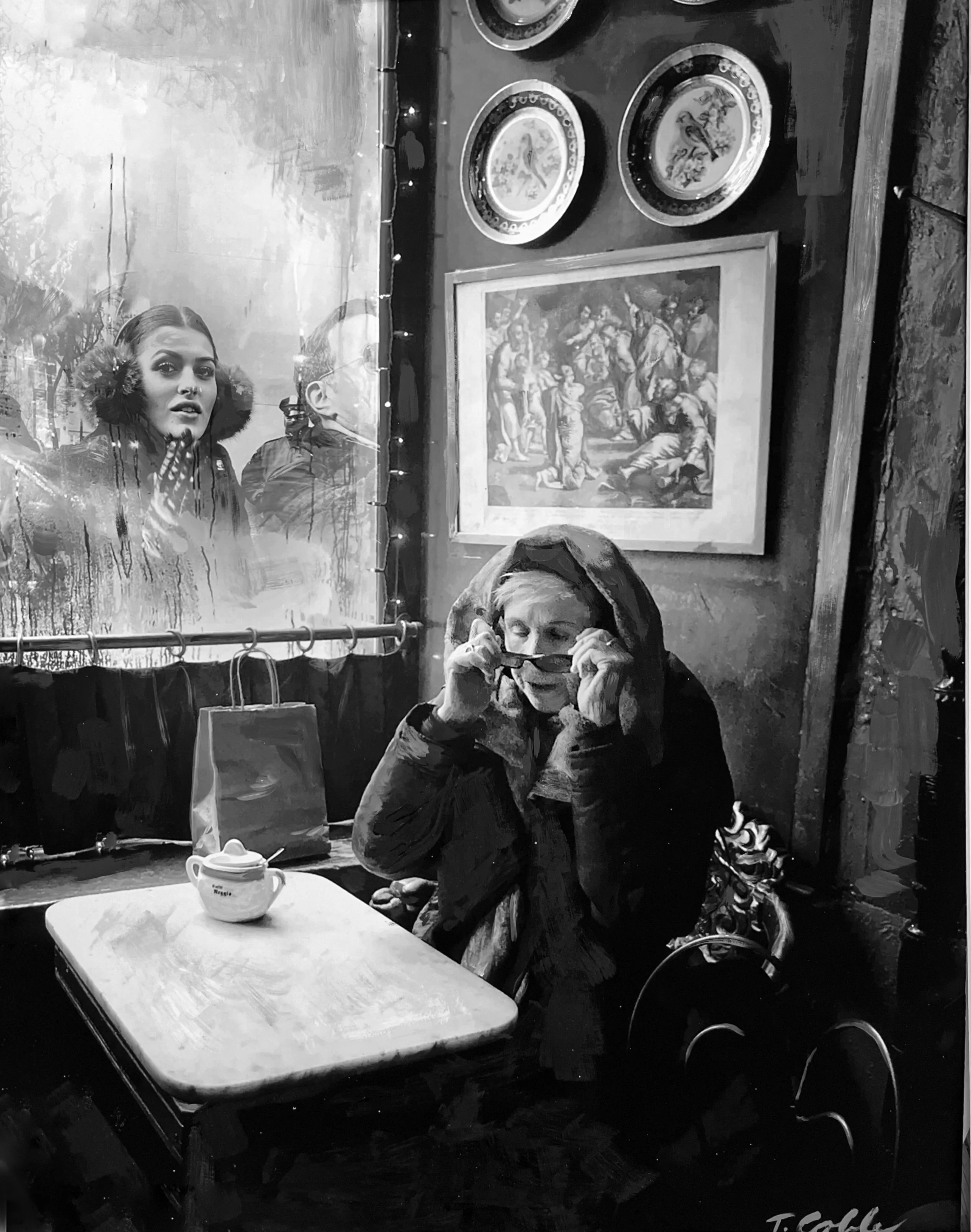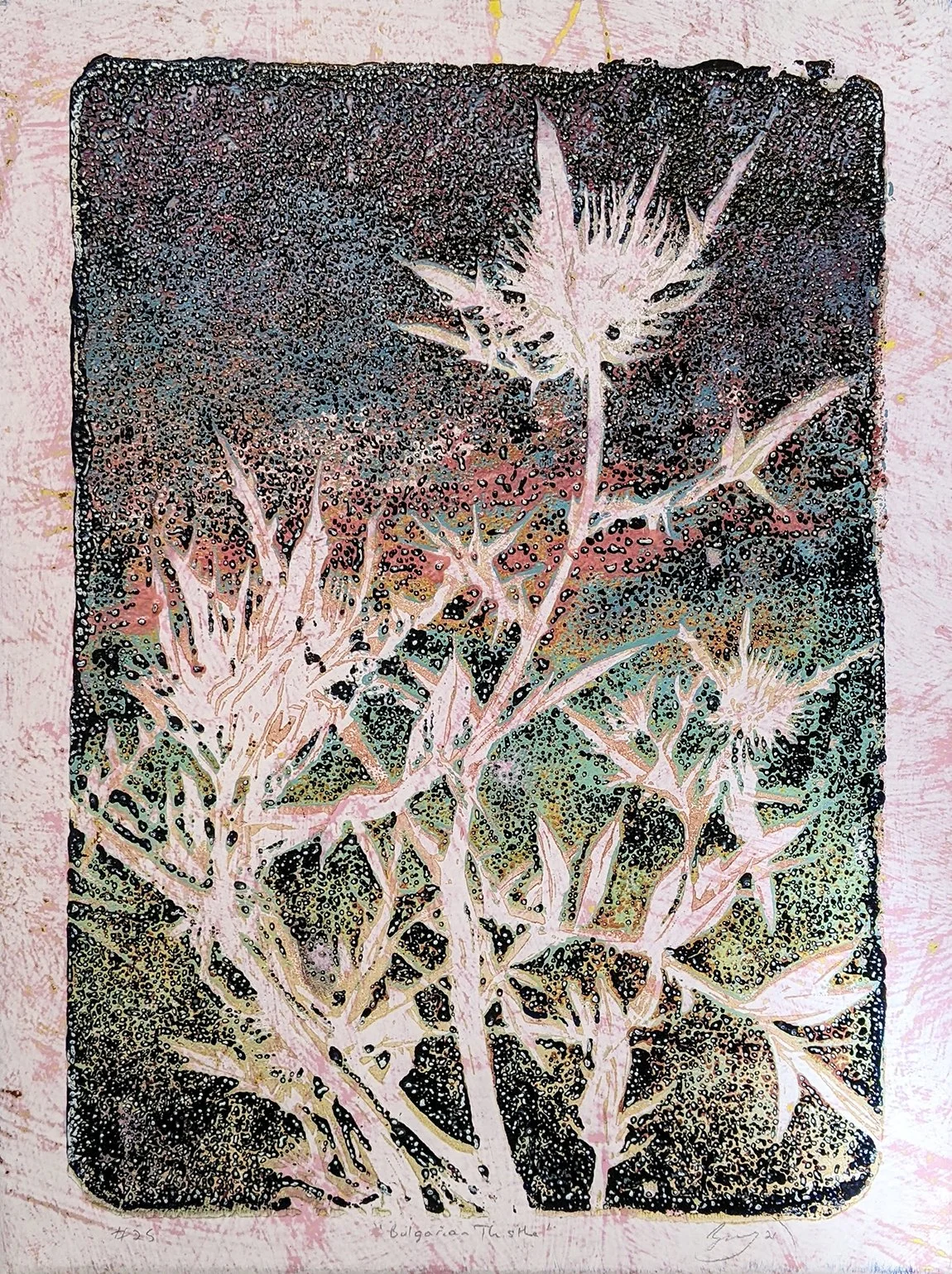Brenda Mallory’s exhibition The Folly of Dominion explores “making do” as both a resource for material usage and for engaging with the practice of frugality and resilience. It is on view in Colorado State University’s Lory Student Center Duhesa Gallery. Lenka Konopasek’s exhibition Transient Objects of Desire, in the Lory Student Center’s Curfman Gallery, focuses on the dichotomies flowing between tension and solace, beauty and destruction, and brute force and gentle intimacy.
Welcome to DARIA: Denver Art Review, Inquiry, and Analysis, a publication devoted to art writing and criticism focused on the Denver-area visual art scene. DARIA seeks to promote diverse voices and artists while fostering critical dialogue around art.





















